Dry Needling
One of the specialized treatment modalities that we use to elicit changes for our patients includes dry needling. Dry needling involves the application of a sterilized needle directly into a myofascial trigger point – commonly referred to as a “knot” or “tight muscle”. Once the needle is applied to the very particular point in the muscle band that’s restricted, there is a local twitch response, or “spasm” of the muscle band. This twitch response helps to reset the amount of muscle tension that is being signaled from the nervous system to help the muscle tissue to relax. With this release of tension, patients will experience:
Increased blood flow
Improved tissue oxygenation
Decreased pain caused from myofascial trigger point
Improved tissue flexibility
Increase in range of motion
The entire process is performed in a sterilized fashion, from the setup, environment, needle application, and disposal of the needle – to ensure patient safety and minimize the risk of infection.
Clinically, dry needling has been useful for patients that have been dealing with chronic pain, nagging muscle spasms/aches, limited mobility, decline in function/performance, and those that have trouble sleeping or maintaining sustained postures due to pain. As part of the training process to achieve Certification, clinicians have gone through 100+ hours of hands on technical training to be able to safely and effectively treat myofascial pain with dry needling.
During your treatment session, your Physical Therapist will:
Review/educate the risks and benefits of dry needling
Discuss aftereffects of dry needling process
Perform a movement assessment
Identify certain muscle groups/kinematic chains to needle
Perform dry needling in a safe/effective manner
Provide additional treatment (manual therapy, exercises, etc.) to help optimize treatment success.


